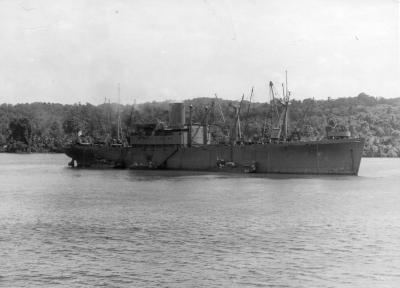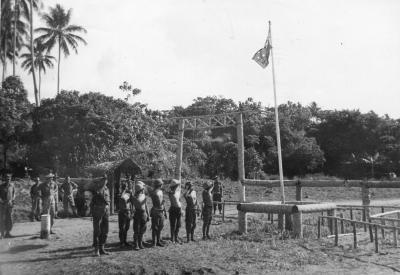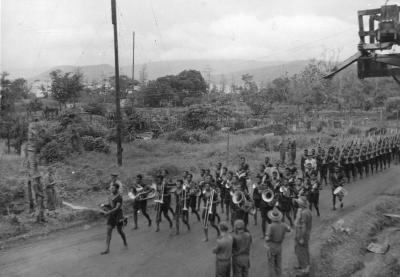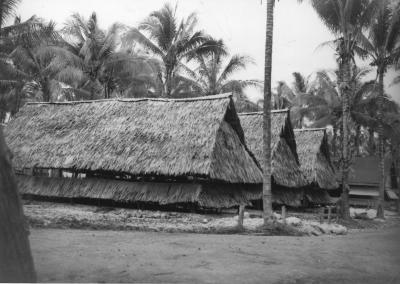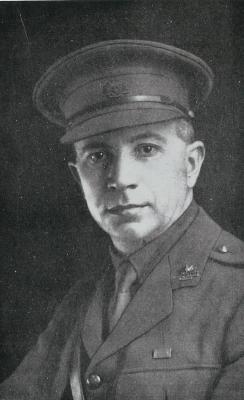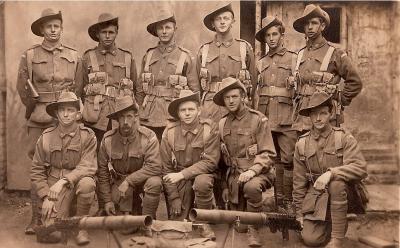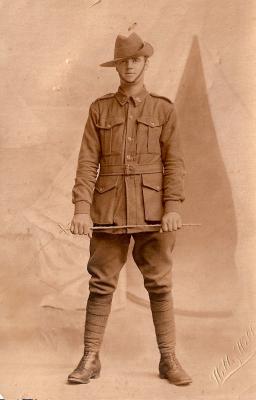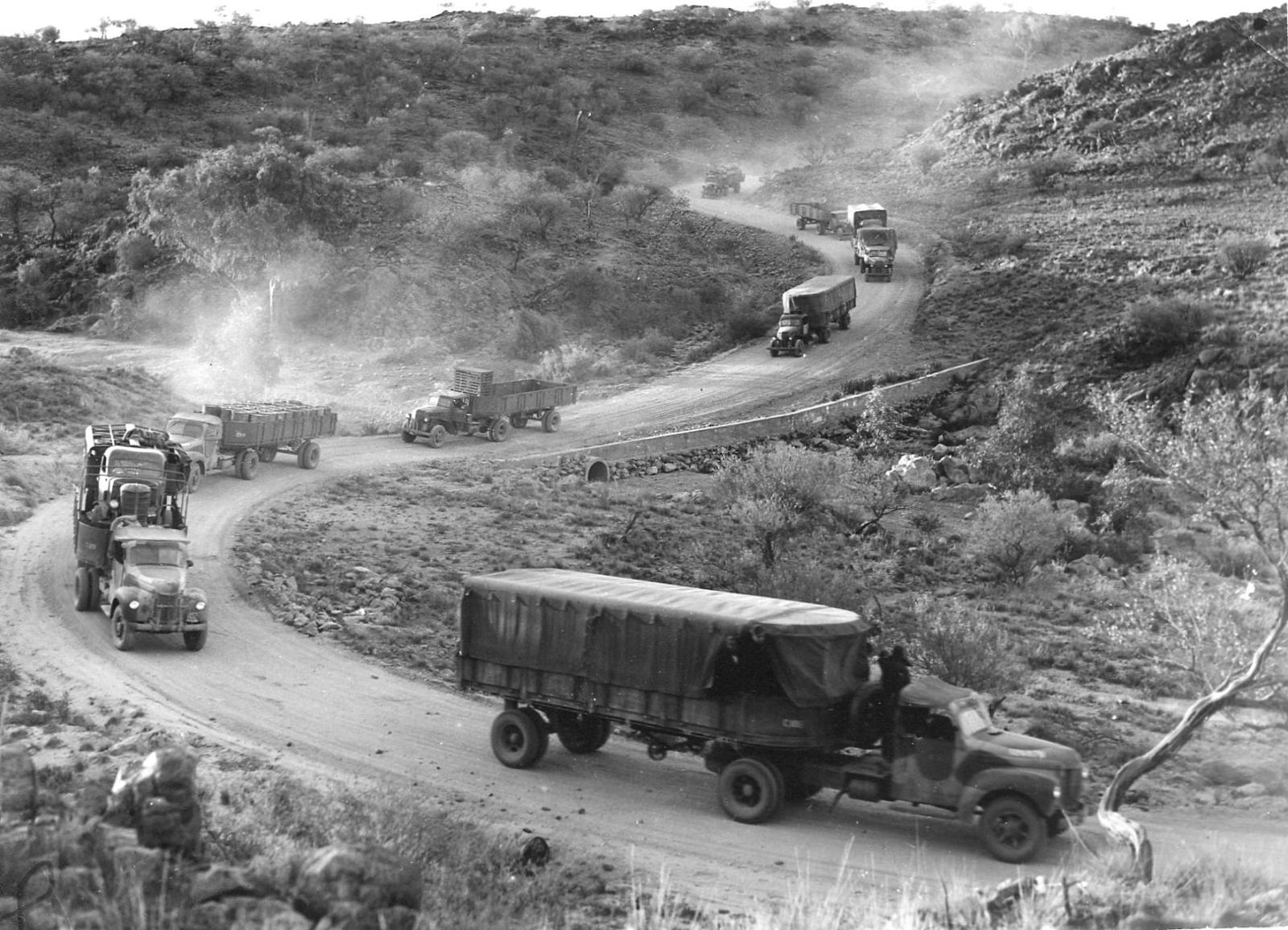World War 2, Australia, Northern Territory, Stuart Highway, 1944
1944Convoy of trucks travelling on Stuart Highway
Locally known as 'the Track' or 'the Bitumen', the Stuart Highway is the Territory's most valuable legacy of World War II.
For many years, what is now the Stuart Highway was little more than a track beside the Overland Telegraph Line. Known as the North-South road it followed in the footsteps of John McDouall Stuart who crossed the continent in 1862. Darwin, key to Australia’s northern defence, was reliant on supplies from sea-lanes, which were vulnerable to enemy attack. An overland supply route was desperately needed to sustain the vital northern port.
With the outbreak of World War II the Commonwealth Government implemented a program to upgrade the track, and by mid-1939 a coordinated military road and rail freight service had been introduced between the railheads at Alice Springs and Larrimah. In a remarkable feat of engineering the rough track was turned into a highway in the space of a few months.
By September 1940 the first military convoys were taking men and supplies through to Darwin. It was a four-day journey from Alice Springs to Larrimah and each night the North-South convoys were accommodated in staging camps a day’s drive apart at Barrow Creek, Banka Banka, Elliott and Larrimah.
By mid-1942 the all-weather North-South Road had begun to disintegrate under the relentless pounding of military transport columns. The possibility of building a rail link between Alice Springs and Birdum was ruled-out as the cost was too excessive. A decision was made in August 1942 to rebuild and seal the road.
Details
Details
Open in Google Maps
Nearest geotagged records:
Australian Army Museum of Western Australia
Australian Army Museum of Western Australia
More items like this
Other items from Australian Army Museum of Western Australia
- World War 2, Papua New Guinea Wide Bay, New Britain, 1945
- World War 2, Papua New Guinea New Britain, 1945
- World War 2, South West Pacific, Papua New Guinea, Japanese POWs, 1945
- World War 2, Papua New Guinea, 1945
- World War 2, Papua New Guinea, 1945
- World War 2, Papua New Guinea Wide Bay, New Britain, 1945
- World War 2, Papua New Guinea New Britain, 2/28 Battalion, 1945
- World War 1, England, MARGOLIN, 16 Battalion, 1918
- Interwar, Western Australia, BOYD, 16 Battalion, 1930
- World War 1, Europe, 16 Battalion, 1917
- World War 1, Western Australia, LOBB, 16 Battalion, 1916
- World War 1, England, 7139 STOREY, 28 Battalion, 1918
